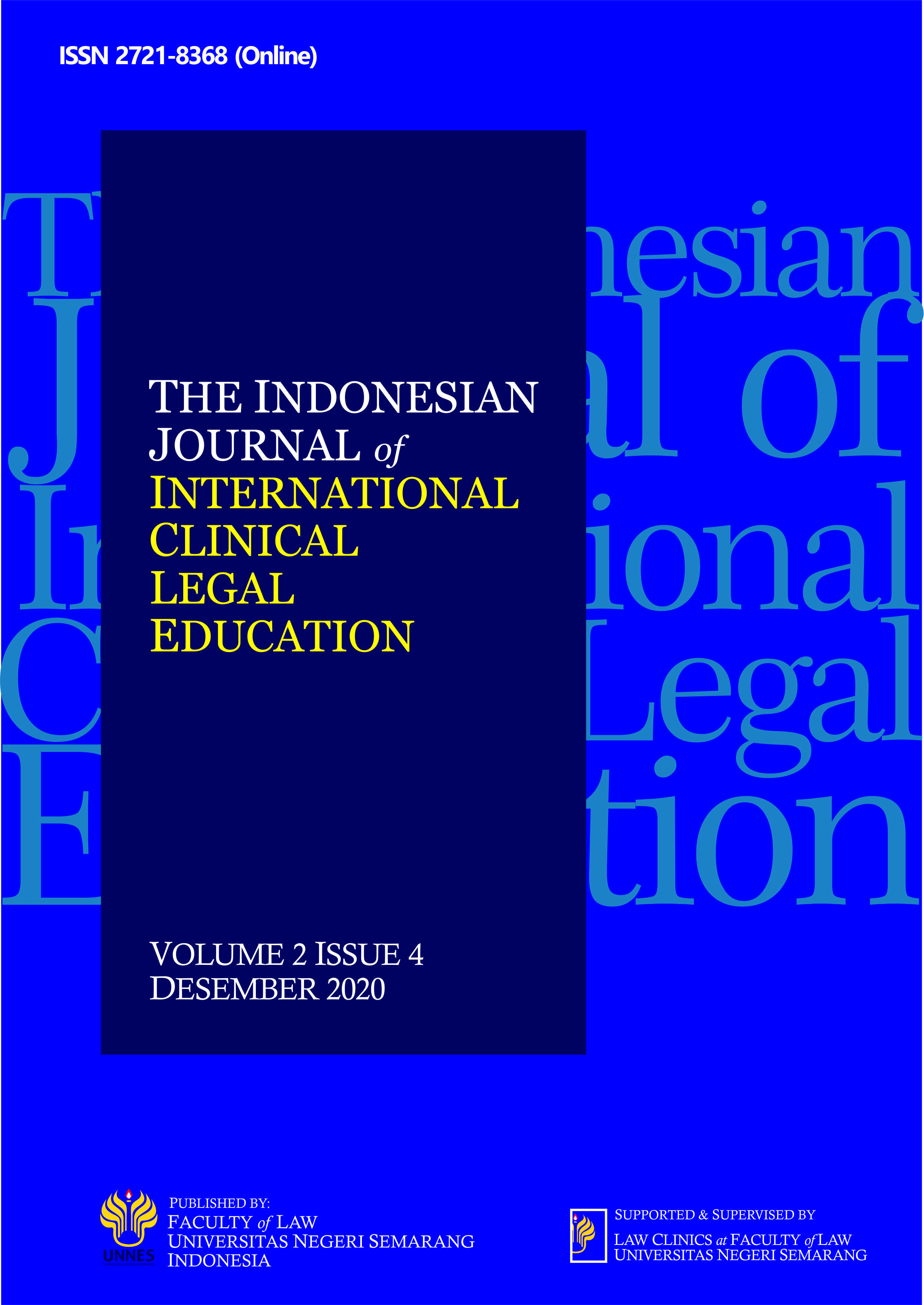Awig-Awig and Legal Awareness of Community: How Does Customary Law Provide Security for Local People and Aliens?
Main Article Content
Abstract
Bali is referred to as an area with high obedience and legal awareness by the community, this does not arise solely in other legal rules which have a large penalty, but because of the awig-awig (traditional regulations) made by Desa Desa Pakraman by involving the community , management and chairman to formulate research rules entitled Awig-Awig Influence on Legal Awareness of Pakraman Batuan Kaler Village, Sukawati Subdistrict, Gianyar Regency, aims to find out To find out the existence of awig-awig in regulating the behavior of Balinese people, understanding the influence of Desa Pakraman in law enforcement nationally, and to find out the existence of awig-awig and Desa Desa Pakraman in the Balinese community. The literature review used in this study is the sense of awig-awig and awig-awig Adat Batuan Kaler Village. This research uses a qualitative descriptive approach with direct observation techniques on the object of research and uses literature review (literature review). After data collection the next step is data analysis, which is the breakdown of a subject for its various parts and the study of the part itself. The results of this study are divided into several sub-discussions, starting from the general picture of awig-awig, the influence of Awig-Awig and Desa Desa Pakraman on the Behavior of Balinese society which includes the existence of awig-awig in Batuan Kaler Village and awig-awig function in law enforcement.
Article Details

This work is licensed under a Creative Commons Attribution-ShareAlike 4.0 International License.
The copyrights of the article in Indonesian J. Int'l Clinical Leg. Educ. is on the Author(s), however, before publishing, it is required to obtain written confirmation from Author(s) in order to ensure the originality (Author Statement of Originality). The statement is to be signed by at least one of the authors who have obtained the assent of the co-author(s) where applicable. This work licensed under a Creative Commons Attribution-ShareAlike 4.0 International (CC BY-SA 4.0). All writings published in this journal are personal views of the authors and do not represent the views of this journal and the author's affiliated institutions.
References
Artadi, I. K. (2012). Hukum Adat Bali dengan Aneka Masalahnya. Bali: Pustaka Bali Post.
Aryawan, B. K. (2006). Penerapan sanksi terhadap Pelanggaran Awig-Awig Desa Adat Oleh Krama Desa Di Desa Adat Mengwi Kecamatan Mengwi Kabupaten Badung Propinsi Bali (Doctoral dissertation, program Pascasarjana Universitas Diponegoro).
Bushar, M. (1998). Pokok-Pokok Hukum Adat. Pradyna Paramita. Jakarta.
Haar, T. (1996). Asas-Asas dan Susunan Hukum Adat. Soebekti Poesponoto (Trans). Jakarta: Pradnya Paramita.
Mulyanto, M. (2015). Keberlakuan UU No. 6 Tahun 2014 Tentang Desa di Bali dalam Perspektif Sosiologi Hukum. Jurnal Mimbar Hukum, 27(3), 418-431.
Parmajaya, I. P. G. (2018). Implementasi konsep Tri Hita Karana dalam perspektif kehidupan global: Berpikir global berperilaku lokal. Purwadita: Jurnal Agama dan Budaya, 2(2), 27-33.
Prayitno, U. S. (2019). Ajeg Bali dan Modal Sosial: Studi Sosiologi terhadap Perubahan Sosial Masyarakat Bali. Aspirasi: Jurnal Masalah-masalah Sosial, 7(2), 113-126.
Putrawan, I. N. A., Widnyana, I. M. A., Ekasana, I. M. S., Tus, D. S. A. K., & Vedanti, I. G. A. J. M. (2021). Penerapan Ajaran Tri Hita Karana Dalam Penyusunan Awig-Awig Sekaa Teruna Taman Sari di Banjar Lantang Bejuh Desa Adat Sesetan. Jurnal Penelitian Agama Hindu, 5(2), 98-105.
Rindawan, I. K. (2017). Peranan Awig-Awig dalam Melestarikan Adat dan Budaya di Bali. Widya Accarya, 7(1).
Salman, S. H. R. O. (2002). Rekonseptualisasi Hukum Adat Kontempor. Bandung: PT Alumni.
Saragih, D. (1996). Pengantar Hukum Adat Indonesia. Bandung: Tarsito.
Sumarjo, S. (2018). Eksistensi Awig-Awig dalam Menjaga Harmonisasi Desa Adat Tenganan Pegringsingan, Kabupaten Karangasem, Bali. Habitus: Jurnal Pendidikan, Sosiologi, & Antropologi, 2(1), 27-39.
Widyastini, T., & Dharmawan, A. H. (2013). The Effectiveness of Awig-awig in Livelihood Arrangements of Fishing Community in Kedonganan Beach. Sodality: Jurnal Sosiologi Pedesaan, 1(1), 37–51.
